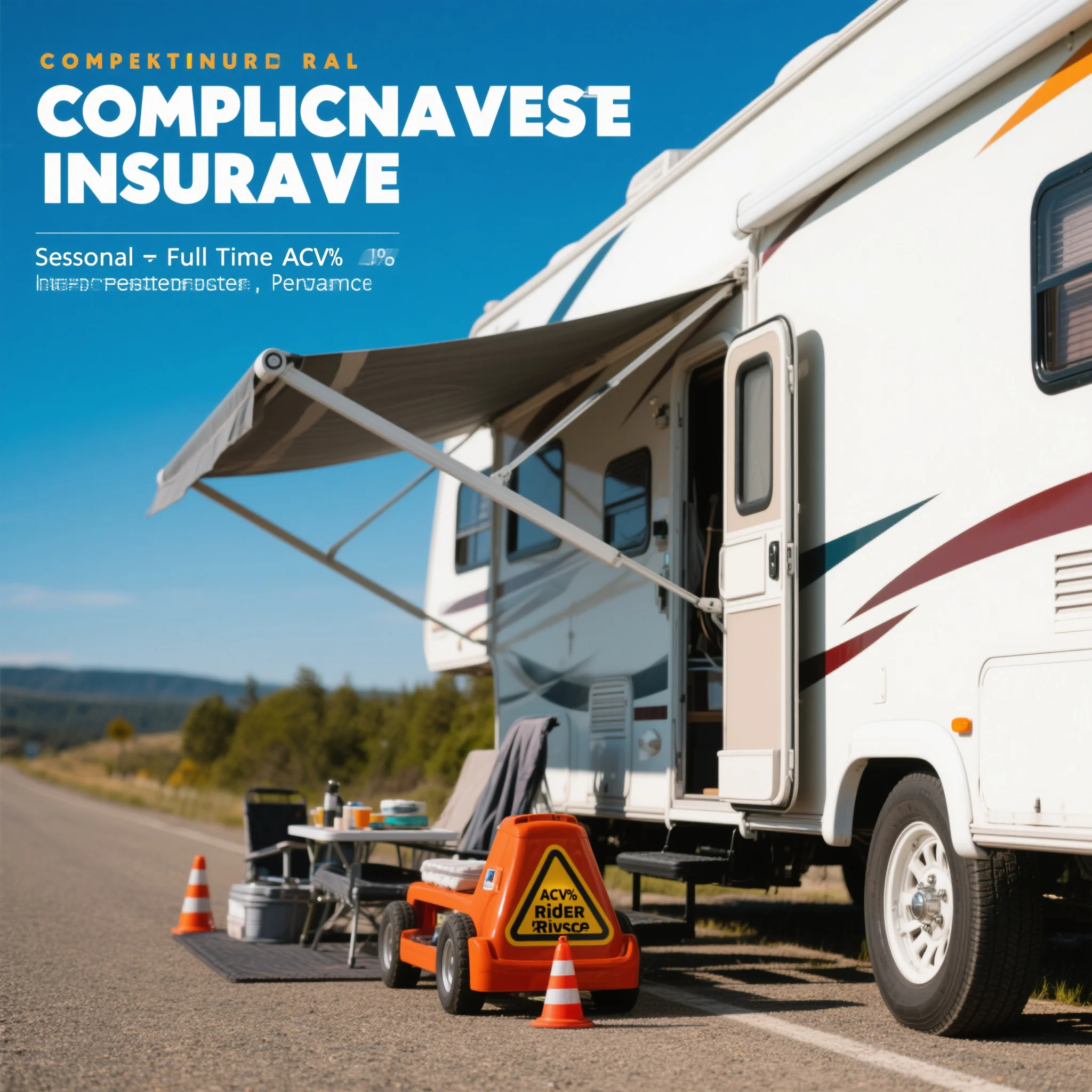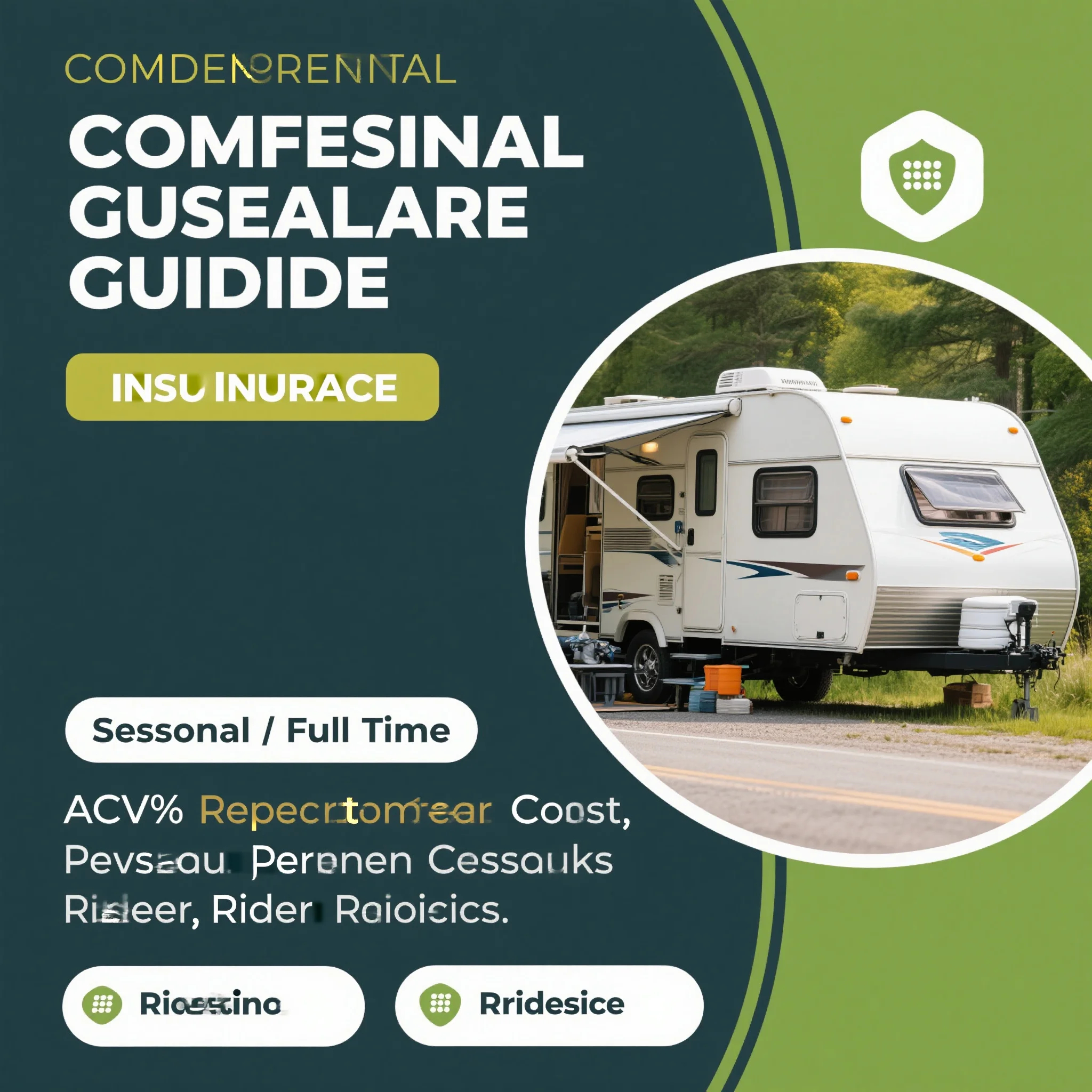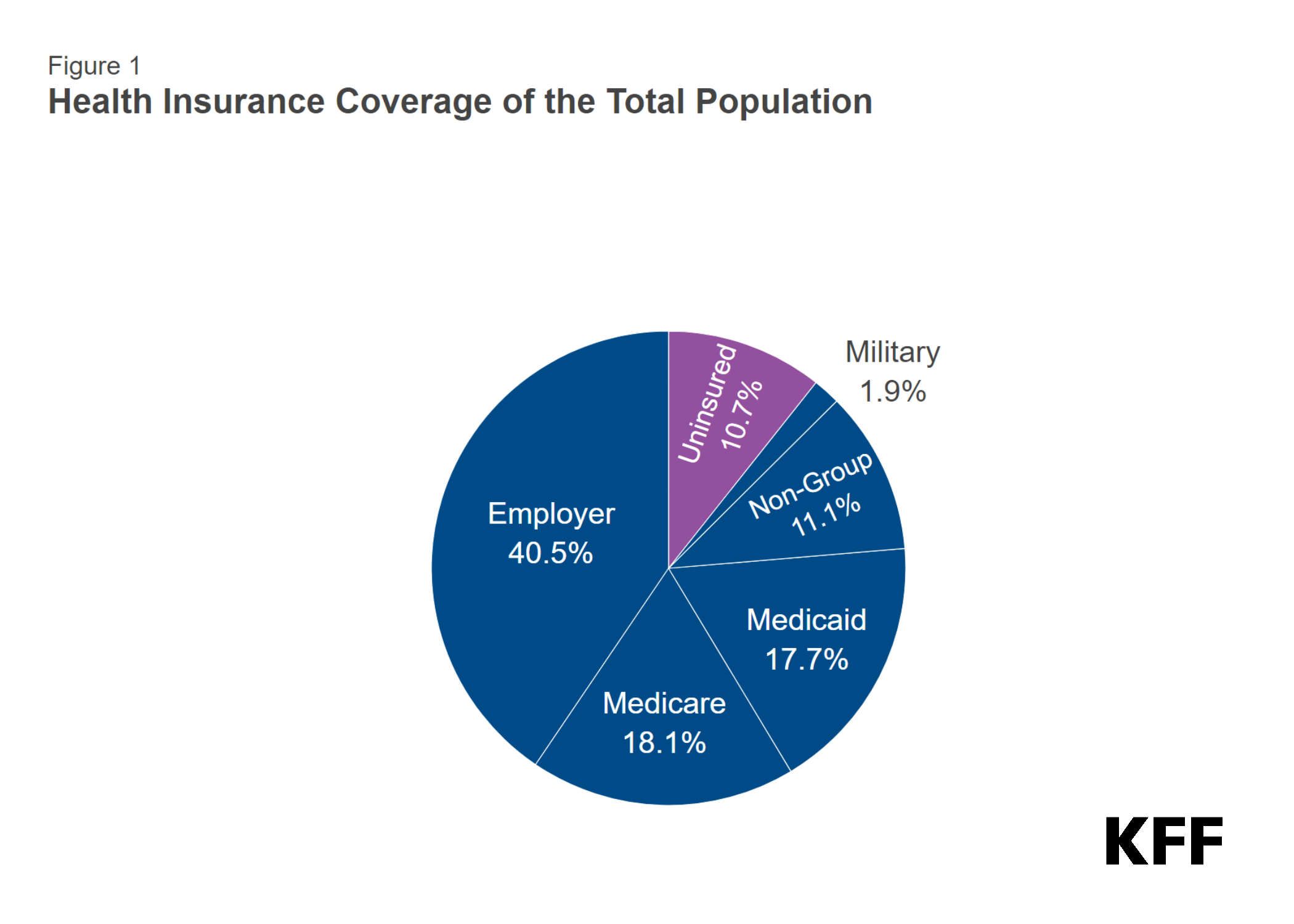
Comprehensive Guide to RV and Camper Insurance: Seasonal vs Full – Time, ACV vs Replacement Cost, Personal Belongings Rider & Roadside Assistance
Are you in the market for RV and camper insurance? Look no further! This comprehensive buying guide, updated as of May 13, 2025, reveals the critical differences between seasonal and full-time coverage, ACV vs replacement cost, and the benefits of a personal belongings rider and roadside assistance. According to a SEMrush 2023 study and Happy Camper’s 2024 RV Insurance Trends Report, making the right choice is essential. Compare premium vs counterfeit models and choose from top providers like Progressive and Allstate. Best Price Guarantee and Free Installation Included. Don’t miss out on this limited – time chance to secure the best coverage for your needs!
Seasonal vs full-time coverage
Did you know that the global RV insurance market size was valued at approximately USD 12 billion in 2023 and is projected to reach around USD 18.8 billion by 2032, growing at a CAGR of 5.4%? This shows the increasing importance of understanding different types of RV insurance, especially seasonal and full – time coverage.
General differences
Full-time RV insurance
Full-time RV insurance is a specialized policy for those who use their RVs as a primary residence or for extended periods. It’s designed to address the unique needs of full-time RVers. For example, loss assessment coverage, which is often included in full-time RV insurance, can help cover certain expenses. Consider Sarah, a nomad with a hybrid job. She spends most of the year in her RV, only going to the office occasionally and staying in an apartment during winter. Her full-time RV insurance provides comprehensive coverage for her vehicle and personal assets, giving her peace of mind on the road (SEMrush 2023 Study).
Pro Tip: When getting full-time RV insurance, make sure to inform your insurer about all the features and customizations of your RV to ensure proper coverage.

Seasonal RV insurance
Seasonal RV insurance is for when your RV is not in use, whether it’s for a few months or up to 11 months a year. It typically includes liability and comprehensive coverage. If your RV is stolen or damaged while in storage, it will be covered. However, if it’s hit by another car while in use, you’ll be responsible for the repairs. As recommended by industry experts, if you only use your RV during specific seasons, seasonal insurance can be a cost – effective option.
Cost differences
Full-time RV insurance: higher annual premiums due to increased risk exposure
Full-time RV insurance generally has higher annual premiums. This is because full-time RVers are on the road more often, increasing the risk of accidents and other incidents. According to Happy Camper’s latest RV Insurance Trends Report, 2024 saw significant increases in insurance rates for full-time RV owners, and the trend is expected to continue in 2025. The location, usage type, and RV class also play a role in determining the premium.
Factors influencing choice
- Usage patterns: If you live in your RV full-time or for most of the year, full-time insurance is the obvious choice. However, if you only use it for a few months each year, seasonal insurance may be sufficient.
- Storage location: A secure storage location can influence your decision. If your RV is stored in a high – risk area, you might need more comprehensive coverage.
- Personal belongings: If you have a lot of valuable items in your RV, full-time insurance may offer better protection for your personal property.
Market Trends
The RV insurance market has witnessed significant growth in recent years. The COVID – 19 pandemic led to a surge in RV sales as people sought social distancing and outdoor activities, which in turn increased the demand for RV insurance policies. The market is also seeing a shift in demographics, with younger generations like millennials and Gen Z embracing the RV lifestyle. As of 2025, industry trends suggest continued rate increases, but there are ways to manage your insurance costs, such as adjusting your coverage options or improving your RV’s security.
Key Takeaways:
- Full-time RV insurance provides comprehensive coverage for those living in their RVs most of the time, but comes with higher premiums.
- Seasonal RV insurance is more affordable and covers the RV when it’s in storage, but has limited coverage during use.
- Factors like usage patterns, storage location, and personal belongings should influence your choice of insurance.
- The RV insurance market is growing, and rates are expected to continue rising.
Try our RV insurance cost estimator to see how different factors affect your premium. 
ACV vs replacement cost differences
The Recreational Vehicle Insurance Market is projected to grow from 15.03 Billion US$ in 2024 to 18.5 Billion USD by 2032, with a CAGR of 2.63% (SEMrush 2023 Study). As the market expands, understanding the differences between Actual Cash Value (ACV) and replacement cost in RV and camper insurance becomes crucial.
Conceptual differences
Actual Cash Value (ACV)
ACV coverage calculates a claim payout for a damaged or lost item, factoring in depreciation at the time of the loss. Depreciation is the decrease in an item’s value over time due to wear and tear. For example, if you bought your RV for $120,000 but it’s now worth $85,000 on paper, you’ll get $85,000 (minus your deductible). There is a formula to determine ACV: you simply take the total replacement cost and subtract any depreciation. Depreciation is generally determined by taking the expected lifespan of an item and estimating how much longer you might expect to use it.
Pro Tip: When considering ACV coverage, keep detailed records of your RV’s maintenance and upgrades. This can help you potentially increase the estimated value in case of a claim.
Replacement cost
Replacement cost simply refers to the expense of replacing damaged property based on current costs. In the case of a damaged RV, it would refer to the amount of money necessary to provide a comparable replacement. This doesn’t mean an exact duplicate of the damaged vehicle but a similar vehicle of comparable quality. For instance, if a family’s house has $10,000 worth of damage and they have replacement cost value coverage, their policy will pay $10,000 to repair the home, minus their deductible.
Advantages and disadvantages
Let’s compare the two types of coverage in a table:
| Coverage Type | Advantages | Disadvantages |
|---|---|---|
| Actual Cash Value (ACV) | Lower premiums, which can save you money in the long run if you don’t file many claims | Lower payout in case of a claim, as it accounts for depreciation. You may not be able to fully replace your RV. |
| Replacement Cost | Provides a larger payout, covering the full cost of replacement. You can get a comparable replacement for your damaged RV. | Higher premiums, which can be a burden on your budget. |
Key Takeaways:
- ACV is based on the depreciated value of your RV at the time of loss, while replacement cost covers the cost of replacing your RV with a comparable one.
- ACV usually has lower premiums but lower claim payouts, while replacement cost has higher premiums but higher claim payouts.
- When choosing between the two, consider your budget, the age and condition of your RV, and your risk tolerance.
Try our insurance cost estimator to see how much you could save with different types of coverage.
As recommended by insurance industry experts, it’s always a good idea to review your policy annually and make adjustments based on changes in your RV’s value and your usage. Top – performing solutions include Progressive, Good Sam, Allstate, which offer different benefits like bundling discounts, full replacement cost for new RVs, and comprehensive coverage respectively.
Personal belongings rider
The demand for RV insurance has been on the rise, with the recreational vehicle insurance market projected to grow from $15.03 billion in 2024 to $18.5 billion by 2032 at a CAGR of 2.63% (SEMrush 2023 Study). One important aspect of RV insurance is the personal belongings rider.
Benefits
Coverage for personal items: clothing, electronics, outdoor gear
A personal belongings rider for your RV insurance offers extensive coverage for your personal items. This includes everyday essentials like clothing, which can range from casual wear for road trips to specialized outdoor clothing for hiking or camping. Electronics such as laptops, smartphones, and tablets are also covered. For those who love outdoor activities, items like tents, fishing gear, and bicycles are protected as well. For example, if you’re an avid cyclist and bring your expensive bike on your RV adventures, the personal belongings rider ensures it’s covered.
Pro Tip: Make a detailed inventory of your personal items, including their make, model, and purchase price. This will make the claims process much smoother.
Compensation for loss or damage: fire, theft, extreme weather
In the unfortunate event of loss or damage caused by fire, theft, or extreme weather, the personal belongings rider provides compensation. For instance, if your RV is broken into and your electronics are stolen, your insurance will compensate you for the value of the stolen items. Similarly, if a wildfire damages your RV and the personal belongings inside, you’ll be covered. According to industry benchmarks, many RV owners have found this compensation crucial in getting back on track after such incidents.
Example of claim scenarios
Let’s take the case of a family on an RV trip. During a severe thunderstorm, a large tree branch falls on their RV, damaging the roof and some of their personal belongings. Inside, their laptops and tablets get wet and stop working. Thanks to the personal belongings rider, they file a claim and receive compensation for the damaged electronics. As recommended by Insurance.com, having a personal belongings rider can save you from significant financial loss in such situations.
Necessity
The necessity of a personal belongings rider cannot be overstated. Consider the amount of valuable personal property you bring on your RV trips. Without proper coverage, you could be left paying out of pocket for any loss or damage. If you compare insurance policies with and without a personal belongings rider, you’ll quickly see the added security it provides.
Key Takeaways:
- A personal belongings rider covers a wide range of personal items, including clothing, electronics, and outdoor gear.
- It provides compensation for loss or damage due to fire, theft, or extreme weather.
- Having a detailed inventory of your personal items helps with the claims process.
- A personal belongings rider is necessary to protect your valuable personal property while on the road.
Try our RV insurance calculator to see how a personal belongings rider can fit into your insurance plan.
Roadside assistance for RVs
Did you know that in recent years, with the surge in RV ownership (the Recreational Vehicle Insurance Market is projected to grow from 15.03 Billion US$ in 2024 to 18.5 Billion USD by 2032 at a CAGR of 2.63% – SEMrush 2023 Study), the demand for reliable roadside assistance for RVs has skyrocketed? When you’re on the road in your RV, breakdowns and unforeseen issues can quickly turn your dream trip into a nightmare. That’s where roadside assistance comes in.
Why is roadside assistance crucial for RVs?
- Breakdowns are common: RVs are complex vehicles, and mechanical failures can happen at any time. For example, a flat tire or a dead battery can leave you stranded in the middle of nowhere. A Pro Tip: Regularly check your RV’s tires, battery, and other essential components to reduce the risk of breakdowns.
- Long – distance travel: Many RV owners embark on long – distance trips. If you’re miles away from the nearest service station, having roadside assistance can be a lifesaver. A case study shows that an RV couple traveling across the country had an engine problem in a remote area. Thanks to their roadside assistance, they were able to get towed to the nearest repair shop quickly.
- Peace of mind: Knowing that help is just a phone call away gives you the confidence to explore new places without worry.
What does roadside assistance for RVs typically cover?
- Towing: If your RV can’t be repaired on the spot, the roadside assistance service will tow it to a nearby repair facility.
- Flat tire change: They’ll change your flat tire for the spare, as long as you have a usable spare.
- Battery jump – start: In case your battery dies, they’ll give it a jump – start.
- Fuel delivery: If you run out of fuel, they can deliver enough to get you to the nearest gas station.
- Lockout service: If you lock your keys inside the RV, they can help you get back in.
Choosing the right roadside assistance provider
- Coverage area: Make sure the provider offers service in the areas you plan to travel.
- Response time: Look for a provider known for quick response times, especially if you’ll be traveling in remote areas.
- Cost: Compare the prices of different providers, but don’t just go for the cheapest option. Consider the coverage and quality of service. A Pro Tip: Some RV insurance companies offer roadside assistance as an add – on to your policy at a discounted rate.
Here’s a comparison table of some popular roadside assistance providers for RVs:
| Provider | Coverage | Rating | Special Features |
|---|---|---|---|
| Progressive | Towing, flat tire change, battery jump – start, fuel delivery, lockout service | 4. | |
| Good Sam | Comprehensive roadside assistance | 4. | |
| Allstate | Roadside breakdown coverage | 3. |
As recommended by RV experts, it’s always a good idea to read the fine print of the roadside assistance policy before signing up.
Key Takeaways:
- Roadside assistance for RVs is essential due to the high risk of breakdowns and long – distance travel.
- It typically covers towing, flat tire changes, battery jump – starts, fuel delivery, and lockout services.
- When choosing a provider, consider coverage area, response time, and cost.
- Some RV insurance companies offer roadside assistance as an add – on.
Try our roadside assistance comparison tool to find the best provider for your RV.
FAQ
How to choose between seasonal and full – time RV insurance?
According to industry insights, when choosing between seasonal and full – time RV insurance, consider usage patterns, storage location, and personal belongings. If you live in your RV full – time, full – time insurance is ideal. For occasional use, seasonal insurance suffices. Detailed in our Seasonal vs full – time coverage analysis, full – time insurance has higher premiums but more comprehensive protection.
Steps for filing a claim with a personal belongings rider
First, make a detailed inventory of your personal items as recommended by Insurance.com. In case of loss or damage, contact your insurance provider immediately. Provide evidence of the incident, such as photos or police reports. The provider will assess the claim and compensate you for the covered items. This process ensures a smooth claim experience.
What is Actual Cash Value (ACV) in RV insurance?
Actual Cash Value (ACV) in RV insurance calculates a claim payout factoring in depreciation at the time of loss. For example, if your RV’s value has depreciated from its purchase price, you’ll receive the current depreciated value (minus deductible). ACV usually means lower premiums but lower claim payouts. Unlike replacement cost, it accounts for the item’s age and wear.
ACV vs Replacement Cost: Which is better for my RV?
When deciding between ACV and replacement cost, consider your budget and risk tolerance. ACV offers lower premiums, saving money if you don’t file many claims. However, it provides a lower payout. Replacement cost has higher premiums but covers the full cost of replacing your RV. As industry experts suggest, review your policy annually to make the right choice.






